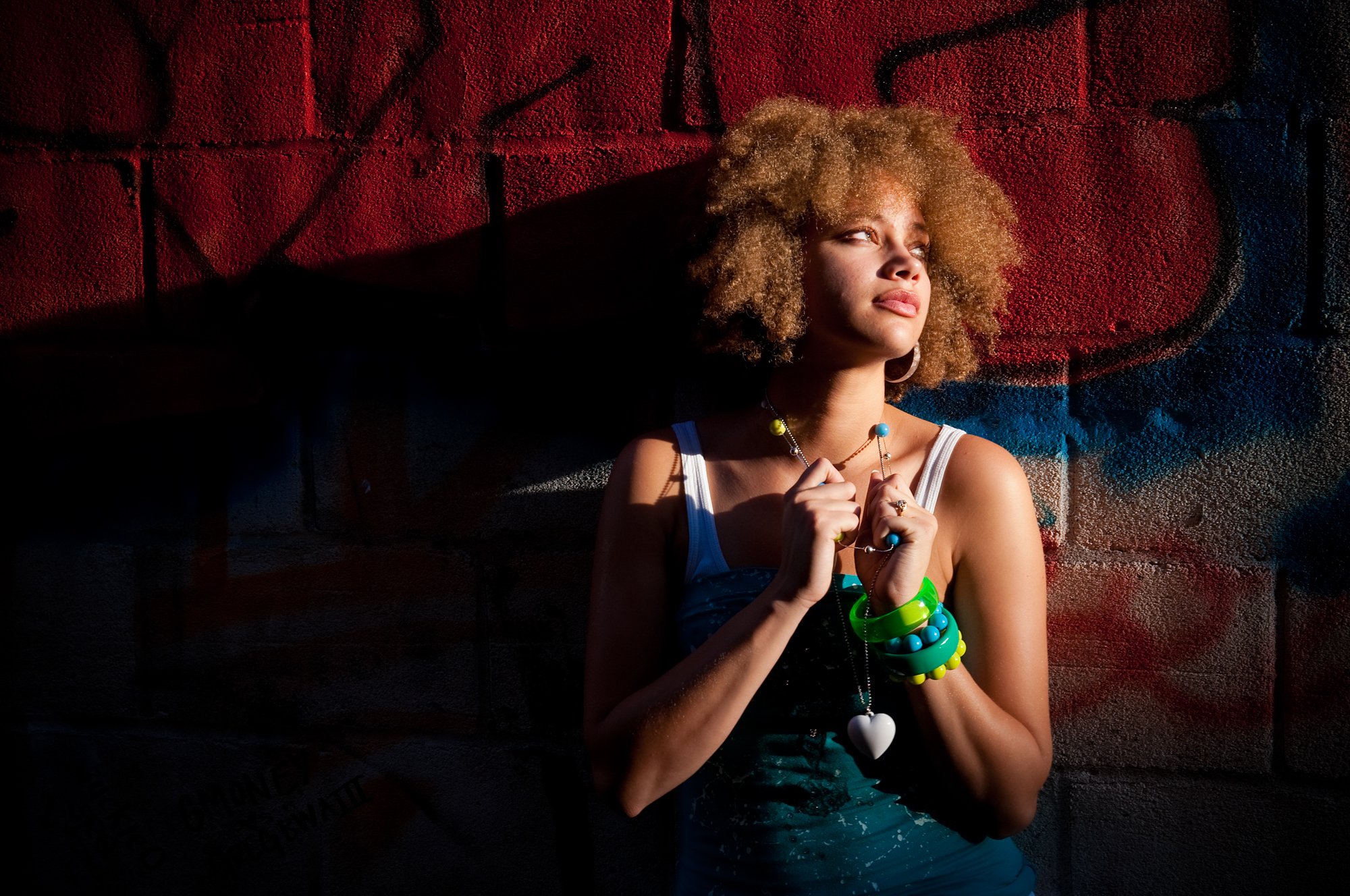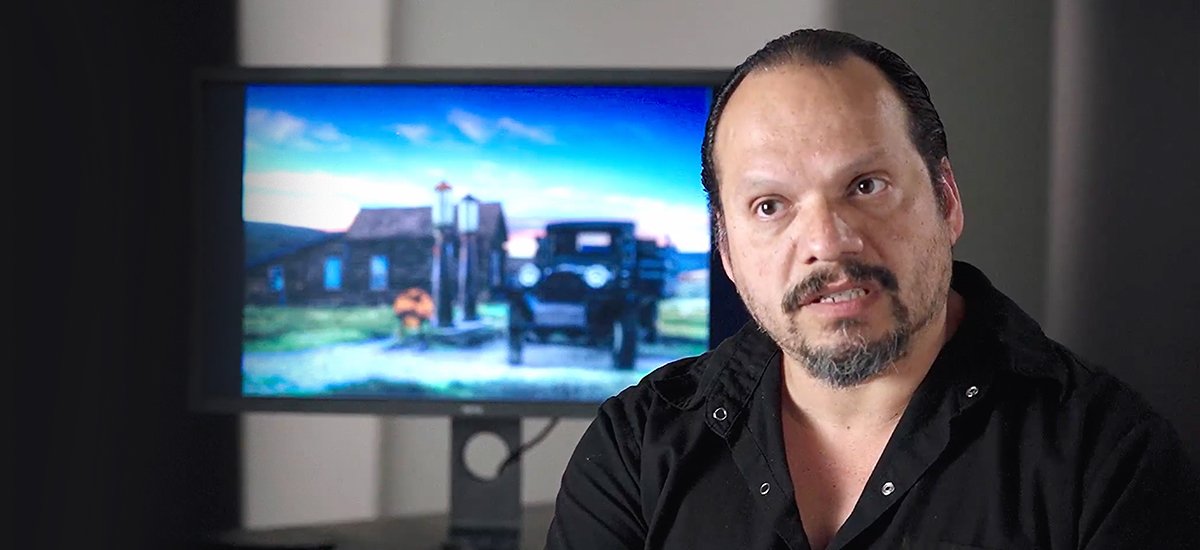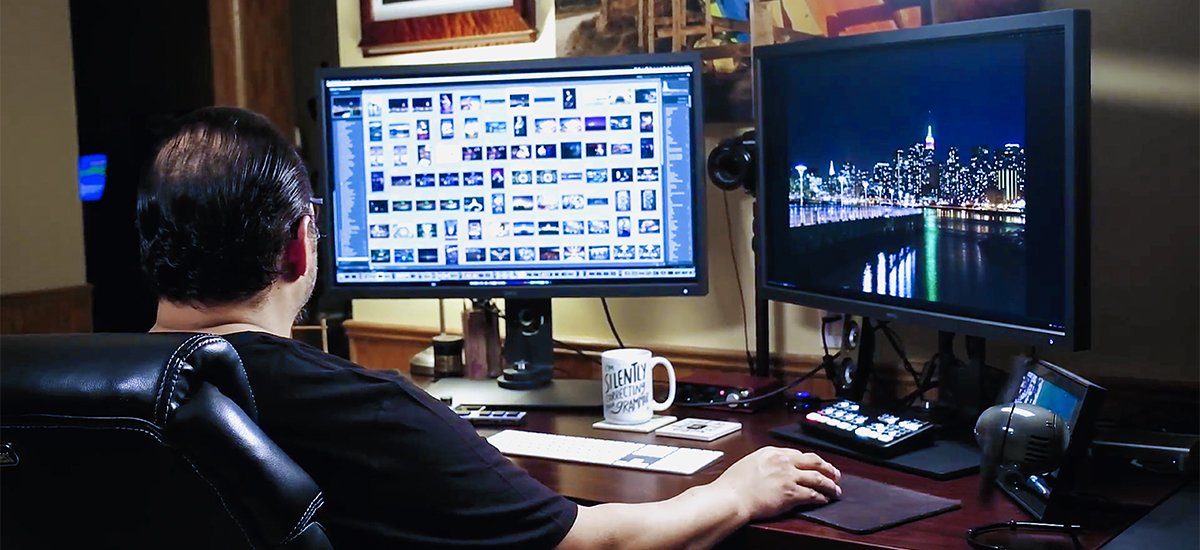Projector
Monitor
Lighting
Digital Display
Job References

BenQ AQCOLOR Ambassador Rafael “RC” Concepcion has been a photographer, writer, and educator for a long time, and is currently teaching at Syracuse University. However, RC didn’t originally intend to become an artist, focusing instead on the software and engineering side of graphics.
Gradually, after experiencing different approaches to color and art, RC found himself attracted to a hyper realistic style with an extensive use of saturated and desaturated colors. RC highlights the concept of taking photos of the way things feel rather than how they look to the photographer, very much like working with water colors. For example, blue for scenes of loneliness and quiet or red for moments of passion. RC describes the experimentation with colors as a grab and pull process, aimed at finding the right expression.
Colors for RC reflect moods, from a somber grey to an active and alive yellow or angry red. In this sense, colors and their manipulation serve to reflect and express the emotions of scenes and people in particular. Interestingly, the absence of specific colors also helps describe the mood of a photograph. The process of pulling on colors to intensify them and grabbing them to remove certain aspects from a scene says much about the photographer or artist who’s doing the editing. RC feels he’s more on the cooler and calmer side himself, but he still believes there’s a place for accurate representation of colors as they appear in real life.

As an educator, RC is well aware that photographers around the world train extensively and spend considerable amounts of money on equipment with the goal of achieving accuracy rather than hyper reality. Among all of the items photographers rely on, the most prominent in RC’s mind is the computer screen, which photographers spend the most time in front of regardless of their artistic approach. This means the display should be as faithful to the images captured as possible, whether for scenery, skin tones, or anything else. Color accuracy forms a foundation for good photography that an artist can then build on to express and develop their personal style, which RC refers to as wrestling with images.
Color accuracy relates directly to editing for RC. In his preference for a hyper realistic style, RC relies on accurate displays to tell him when he has reached the levels of pull (saturation) and grab (desaturation) that he desires for each photo. Banding and gradations are important and should be properly displayed for the photographer to make a judgment on whether an image is to be selected for a highlighted collection. Faithful and accurate post processing is more important when dealing with people, who often want the photo to represent their real world appearance, unlike scenery, which doesn’t mind image manipulation.
RC feels that he lives in a really weird world in his head, which leads to the painterly and hyper realistic style that he loves so much. RC doesn’t see his work as necessarily faithful to reality, with excessive tonality something he enjoys. His goal is to incite mood using a lot of color, and therefore he needs a display that shows him the full color range without compromise.

While working in Dubai, RC wanted to capture desert fog as it rolled over the dunes, the city, and out to sea. This doesn’t happen very often, and RC has been to Dubai many times to chase that scene without success. When it finally happened, RC only had 20 minutes to prepare and reach the top of a 90-storey building so that he could have the best angle. But it was worth it, with spectacular desert orange and Persian Gulf blues creating one of RC’s favorite moments as a photographer. And the post processing made him even more excited about it, creating a long-lasting effect that helped shape RC’s approach.

While working on a photography project for a billiards championship, RC found himself challenged to come up with new techniques to properly capture the high speed and often split-second nature of the game. Since he didn’t want to do it in Photoshop and instead insisted on getting actual and faithful shots, RC had to improvise. He spent over eight hours building a set of multiple lights for stroboscopic photography coupled with secondary triggers, allowing for two second exposures that tracked balls in movement. Once the perfect shot was achieved, there was actually very little processing done by RC other than perhaps vignetting.
RC’s most treasured photograph is that of his daughter looking up at his wife, even though that kind of scene isn’t what RC considers as his primary specialty. The famous photo was an improv, with RC’s wife, who is a dancer, capturing the spontaneous attention of their daughter and RC acting quickly to take a picture. As RC likes to say, when you’re a photographer fortune favors the prepared, and you never know when a great shot may present itself.

These days, RC combines a lot of video and photography in a typical day. He’s a professional of many bags, so to speak. An audio bag, a stills bag, post processing bag, and so on. While complex, this workflow allows RC to get a lot done and is very rewarding. In general, RC heads out to shoots without being entirely sure which bags will be needed, and that’s part of the fun. When the day’s done, RC ingests it all and decides how to proceed through a selective process while working on his computer and monitors at home.
BenQ photographer monitors help improve RC’s workflow thanks to their acclaimed out of the box color accuracy. And obviously they have a size advantage over the tiny smartphone screens and laptops many photographers now use as their main displays. RC recommends multi-monitor setups for multitasking and improved efficiency in workflows. He also loves the paper-like anti-glare coating of BenQ PhotoVue Monitors. Finally, monitors are where photographers spend most of their time with images, and it pays off to have lots of options and ideas on screen so pervasively. This inspires RC to go out and do more.

